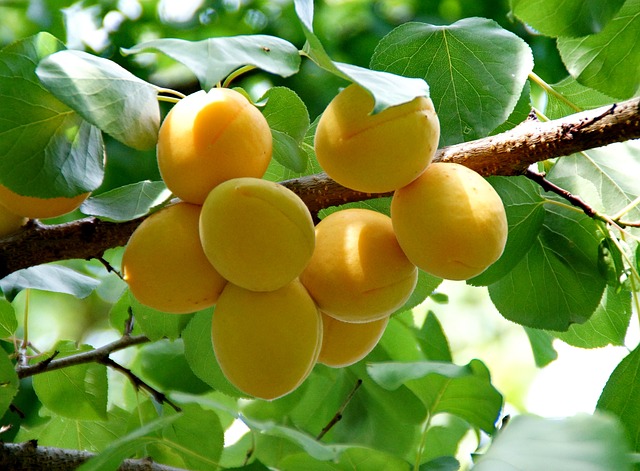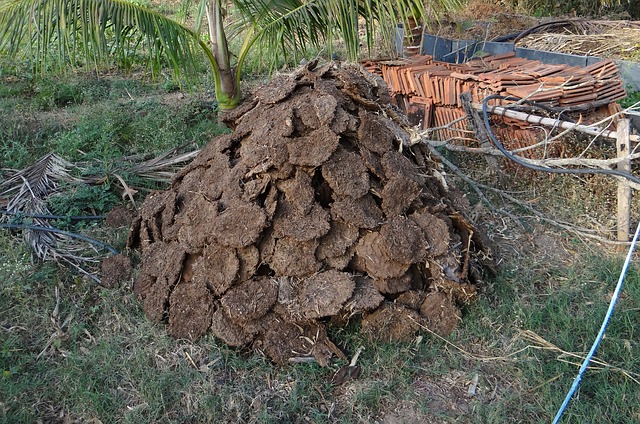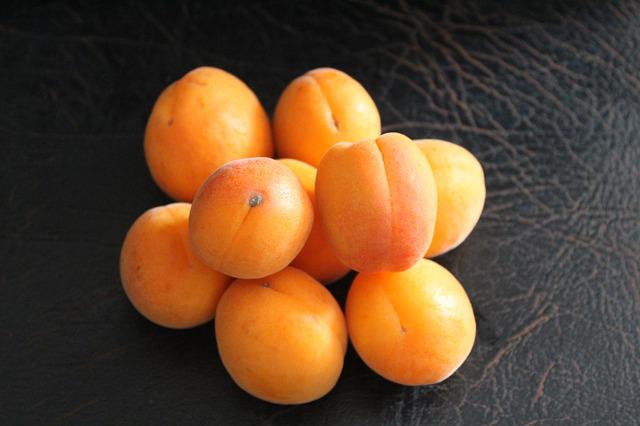Why Are There No Apricots On My Tree?

Apricots are notoriously sensitive to the growing conditions and would cease flowering if something goes wrong. Not to mention that flowers can only be produced once the tree has reached maturity. And it takes a long time to mature. It could also be that the apricot tree doesn’t produce a lot of fruit because the weather has damaged it. The pollination has been cut back because the weather or pests have damaged the tree. If your apricot tree doesn’t produce fruit, you’ll need to look at various factors to determine the problem and find out the solutions to these problems. Keep reading!
Table of Contents
Factors that Affect Apricot’s Fruit Production and Solutions
Weather
During the fall, fruit trees start to grow their flower buds. A lack of rain or strong winds can hurt buds before they are ready to bloom. Spring rains and late-spring frosts can also damage or kill buds and flowers. This is true even if the weather is warm enough.
Solution:
It is better to grow apricots if the weather in your area is dry in early spring. Late frosts and spring rains hit some parts of the country this year. Last year, we also had a lot of rain in the spring. Before that, there were a lot of dry years in a row. There’s a good chance that the weather has affected the fruit production of your apricot tree over the last few years.
Pollination Rates Dropped
The issue of pollination could also have been a factor. A flower must be pollinated to produce fruit, which is the transfer of pollen from the anthers (male parts) to the pistils (female parts). It may be because of the absence of insects and only one variety to be pollinated.
Solution:
Cross-pollination refers to the transfer of pollen from one tree variety to another of the same species. Even though cross-pollination isn’t necessary, it does help apricots produce more fruit. Pollinators like bees typically carry out apricot pollination. This means that apricots can be pollinated by pollen from a different flower on the same tree or even pollen from the same flower, which is the case with apricots.
When the weather is windy, rainy, or cold, bees and other pollinators are reluctant to search for nectar. Insects are more likely to be active in a protected garden during bad weather than in an exposed one. Try up a hedge or something similar to provide some privacy.
Blossoms are susceptible to the wrath of frosts. Suppose a frost is expected when the trees bloom. Try to protect them overnight with garden fleece or tulle. During the day, remove the covering to allow pollinating insects access.
Most fruit trees require a pollination partner to set fruit, so make sure yours has a suitable co-conspirator nearby. If you don’t use pesticides, your trees have a much better chance of pollinating successfully.
Planting flowering plants will also help to draw pollinators to your yard.
Apricot Doesn’t Bloom
There are many factors why your apricot doesn’t bloom because it’s too young, undernourished, or hasn’t been properly pruned, which are some of the growing conditions required to be met. So if there’s no bloom, there’s fruit.
Solution:
Make sure that your apricot is matured enough to grow fruit and meet the growing conditions.
Age
In comparison to other fruit trees, apricots grow and mature slowly. A tree that is less than five years old will not produce flowers or fruit at this point.
Solution:
So, give the tree some time to grow.
Fertilizer

When fertilizing apricots, which thrive in fertile soil, the balance between foliage and flower-encouraging nutrients must be struck. Organic fertilizers and homemade compost remain in the soil and slowly nourish the tree for a long time. However, an abundance of blooms on the apricot tree is dependent on phosphorus.
Pruning
Pruning is another balancing act. Only branches older than two years will typically bloom on the tree. The tree may not flower for a few years due to removing old branches. It is important to remember that the tree’s old branches will be used in the following year. It will be a few years before the new branches are ready to produce flowers and fruits.
Water Stress
Overwatering and underwatering are possible causes of poor tree health. If you don’t give the proper amount of water, you could create stress on your plant.
Solution:
Weekly, the trees will require an inch (2.5 cm.) of water during bloom and fruiting. Avoid wet leaves, flowers, and fruit using a drip irrigation system. As the fruit matures, ensure that your apricot tree care regimen includes fruit thinning; thin the fruits to 12 to 2 inches (3.8 to 5 cm.) apart. This increases the size of the fruit. If the fruits are not thinned, they will be much smaller.
Verify if pests have infested the tree. Spray the leaves with neem oil if you find larvae or other telltale signs, such as tiny holes in the leaves.
Keep the soil moist and avoid causing stress to the tree by limiting watering. Keep the tree in full sunlight by removing anything that prevents sunlight from reaching the branches.
Hardiness Zone
Apricots can’t handle long periods of cold, so if your area is cooler than Zone 5, you may need to protect your blooms from freezing to death in winter. On the other hand, many species necessitate a minimum of 700 chilling hours before flowering, so planting below Zone 8 will also be problematic. Late frosts may also be damaging an early-blooming apricot, making the situation even more complicated.
Solution:
Before fruiting, apricots require 700 hours of cold weather. However, this does not imply that apricots are hardy in cold climates. As a result, if you live in a zone with late frosts, make sure you plant the appropriate variety.
Conditions of the Soil
As tempting as it may be to give your fruit trees an extra dose of fertilizer in the hope that they’ll produce more fruit, this can have the opposite effect. Flowers and fruits may suffer from using a quick-release fertilizer, and pests may take advantage of this.
Solution:
Soil fertility can be improved by using homemade compost or manure from a reputable supplier. As they steadily release nutrients and improve soil structure, they help to promote healthy, productive growth and fruit production. You can apply compost or manure to the soil around your trees, but spring and fall are the best times to do so.
For the first few years after planting, keep grass and weeds away from the trunk so that your trees have time to settle in before they compete with them for water and nutrients.
Pest Invasions
Flowers and fruits can be damaged by pests such as the winter moth. In the winter and early spring, hungry bullfinches and other birds may steal the buds of fruit trees like pears, plums, and cherries.
Solution:
It is possible to prevent wingless female winter moths from accessing the branches of trees by putting grease bands around them. That being said, cultivating a garden that encourages biodiversity is the best defense against all insect pests.
You may want to put your trees in jail if they’re small enough – not the birds! To keep the net away from the plants, use stakes or canes to hold it up. If you want to prevent birds from getting in from underneath, ensure it reaches the ground before installing it.
Errors When Pruning
Many people fear prune, but with a few well-timed cuts, even a sluggish tree can be revitalized. New growth comes at the expense of fruit when pruning is excessive.
Solution:
Only diseased, dying, and deadwood and any branches that cross or point inwards should be removed. Allowing light and air into all parts of the plant is the goal of this technique. This promotes healthy fruiting and ripening while also removing potential hiding places for harmful pests.
Yearly Resemblance
If your trees produce a lot of fruit one year but nothing the following year, you’re not alone. These things happen all the time. One year a tree produces so much fruit that its branches snap under the weight that it needs a complete rest the following year. This phenomenon is known as ‘biennial bearing.’
Solution:
Thinning fruits by hand annually are the key to avoiding this feast or famine scenario. But it’s all for the best, and it’s just a natural extension of the ‘June drop,’ where trees shed their excess fruit to ease the strain on them.
Tree Not Properly Fed
To produce a lot of fruit from a well-nourished and happy fruit tree, the tree needs a delicate balance of stored food and readily available nutrients. Naturally, if you give your tree too many nutrients, it may overproduce vegetative growth at the expense of flowering. A lack of fertilizer and a surplus of stored food, on the other hand, can result in poor vegetative growth and a lack of fruit development.
Solution:
Finding out who or what is to blame may be easier with a soil test. Then, feed your apricot with the right amount of fertilizer.

